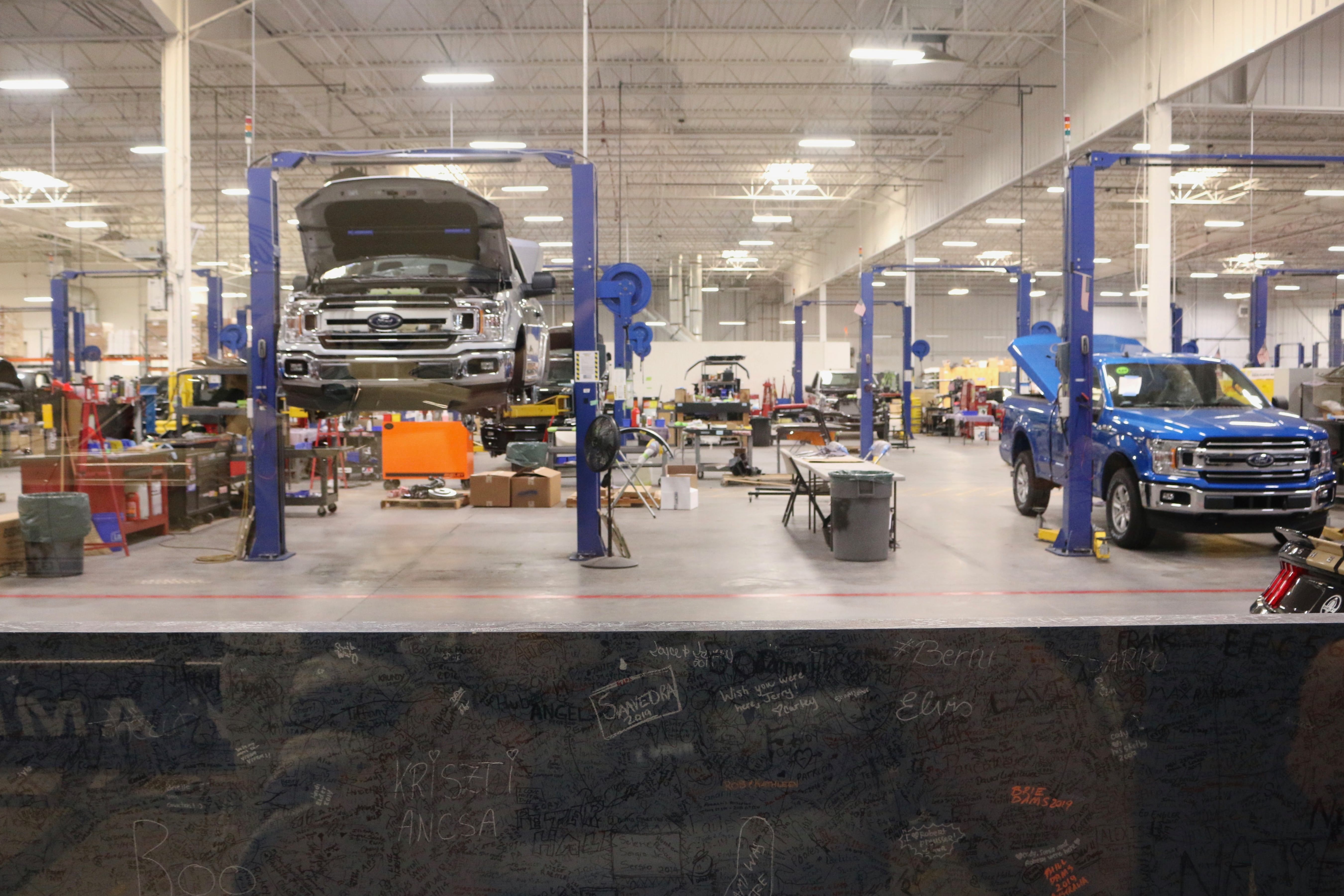The pandemic surely might have put a halt to the pace at which the automotive industry has been progressing, but it has certainly led to the industry realizing and learning to adapt to such changes.
The Covid-19 pandemic brought in some massive issues into the world apart from health-related issues. With countries closing their borders and day to day operations across the globe, it was not an easy task for various industries to continue their trade as most of the industries like the automotive one, run on a global level and with numerous border closings with varying degrees of restrictions across the globe had affected the automotive industry in a big way.
But soon, as the borders started opening up and the restrictions began to relieve, the automotive industry managed to pick itself up and get up to speed with their business and CarIndigo explains what led to this surge in automotive business after the pandemic and how it will affect the future.
The pandemic brought in all kinds of shortages, from supplies to customers, and adapting to these shortages was the initial and crucial task in the automotive industry’s hands. Sales figures plunged across the globe with a 47% drop in the US, while China and Europe faced massive 71% and 80% drops in their sales by April 2020. Even after all the losses and backlogs, the industry never stopped running their operations and as a result, there has been a notable increase in sales and operations from the third quarter of 2020 and the first quarter of 2021 mainly due to the rise in demand and the harsh restrictions being relieved and boundaries being opened.
Even before the pandemic struck, customers could explore the vehicles that they were interested in online with a lot of manufacturer’s websites allowing them to customize and build their own version of the vehicles that they need online. This definitely helped you to get a feel of the potential purchase’s aesthetic appeal, features and watching some reviews further let you know how these vehicles drove. But the sales part of the automotive business was still concentrated in the dealerships. And both customers and dealers knew that it is important to be physically present at dealerships and get a feel of the ride you are going to purchase before shipping out the money.

But with the pandemic, this process could no longer continue and manufacturers and dealers felt the need to manage the sales online. And as a result, many manufacturers and dealers started their sales online where you could not only book a vehicle online, the dealers could also get on personal video conferences and calls anytime you need to cater to your queries. This process did take some time to pick up, but it is impressive how global markets adapted to such sales tactics quickly which led to the surge in business. And as the pandemic-related restrictions have eased further in many countries across the globe, potential customers can once again visit dealerships and go through the purchase process just like it’s meant to be.
Another reason for the increase in business might be the methods that go into the global operations of some manufacturers even when the Covid-19 generated problems as well as some other issues such as the microchip shortages and the blockage of the Suez Canal. With such pressures in supplies and the plunge in supplies across the globe by 70%, automotive manufacturers managed to run their operations without a notable surge in the prices of their products. This shows that the manufacturers are already managing operations despite feeling the squeeze in supplies and are slowly finding ways to improve the situation to come back in full swing.
Just like the car buying experience, the involvement of digital modes of communication is also evident in manufacturing. Being digital is bringing in a lot of transparency between the various verticals of the industry which is helping it to sustain itself in a more organized and smooth manner. OEMs and tier-one suppliers had limited insight and data on the processes and the inventory statuses of the suppliers in the lower tiers. With the digital processes coming in and an evident increase in transparency amongst the suppliers and manufacturers, it has been easier for top-tier suppliers and manufacturers to keep track of the components which further helps them manage their inventories and operations more smoothly.
These advancements have been adopted quickly by the automotive industry globally and the results are quite evident in the rise in sales and production of electric vehicles with more organizations coming up in the industry to bring e-mobility solutions by already adapting and understanding the current issues and restrictions seen in the automotive industry in a much faster rate when compared to the already existing companies.
Various organizations from other industries have also started getting involved in the automotive industry and its operations as there have been some major changes in the modes of operations and engineering processes involved in running the automotive business, with the pandemic speeding up the rise of digitalization in the industry.
Software engineers in the industry too have been increasing in the automotive sector and have even outnumbered the mechanical engineers and people working in the mechanical domain due to the rise of e-vehicles. With more and more companies outside the automotive domain investing in the autonomous, connectivity, electrification, and smart mobility domains, a lot of advancements have been evident during the pandemic and these advancements have not only changed the way the industry works but have also created a foundation for the future endeavors that will rise in the field.
The pandemic surely might have put a halt to the pace at which the automotive industry has been progressing, but it has certainly led to the industry realizing and learning to adapt to such changes that could have otherwise proven catastrophic to the industry if not handled in the right way. It led to the rise in some major advancements in the industry and has led to new openings and verticals in the industry apart from the established ones and that has immensely helped to increase and bring in talents from various other verticals.


Join the conversation!